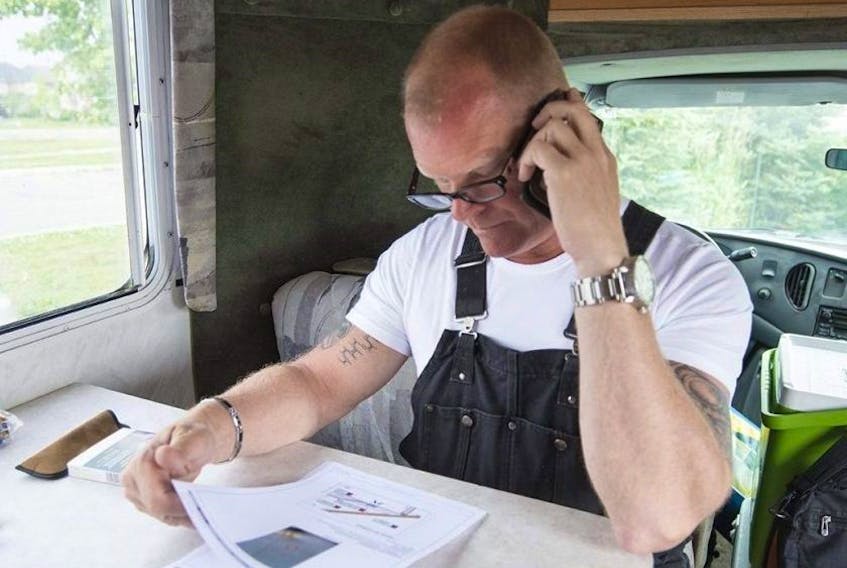Over the past 10 years, we’ve seen some big changes and shifts in the industry, some great – and some not so great. (I’m still waiting for someone to convince me of the appeal of tiny homes.)
What I really like to do at the end of each year is to look forward in our industry – and think about what kind of innovations we’ll be seeing in construction, and how builders and homeowners will adapt to these changes.
Here’s what I think we’re going to see a lot of in the next decade.
Connected homes
I think when I talk about connected homes, people tend to think of things like security systems, locks and lights. While those certainly apply, when I think of a connected home, I think about how we as homeowners connect to the lifeblood of our homes – how we connect to and interact with our water, our indoor air quality and our energy consumption.
I’m an old dog in this industry, but I love the new tricks that my connected home has taught me. Through an app on my phone, I can monitor everything in my house, from my lights to my locks to my energy and water usage.
My son describes it like a video game. You see your own water consumption in real time, and then compete with yourself to use less of it the next month. Anything that leads to lower energy bills and less reliance on our natural resources is a good thing in my books.
This isn’t just a matter of convenience – to be able to check if I left the lights on or the doors unlocked – it’s also a matter of safety. What happens if you spring a leak and you’re not home? Well, a connected home can detect a leak and shut off the water main to your home, potentially preventing a big flood. You could also monitor your home’s air quality, and if your connected home detects an influx of poor-quality or harmful air, it can trigger an air exchange with your heat recovery ventilator.
Storm-resistant housing
It seems that extreme weather is becoming a much more common occurrence these days – and we need to build homes that can stand up to that. Depending on where you live, you could be at risk of wildfires, monsoons, tornados major flooding – whatever Mother Nature can throw at you – and your home needs to be prepared to take it.
This means we need to build according to the conditions of the area. If you know you’re building in a flood zone, take every precaution against water and wind. Reinforce the walls and roof. Install windows that can tolerate a lot of impact, because when a hurricane hits, your house is going to feel it.
If you’re building in a zone affected by wildfires, stick with materials like a metal roof and flame-resistant lumber. When it comes to building, you can’t just hope for the best.
Printing your next home
Now this is one I’m not quite convinced of just yet, but it’s something I’ve been following pretty closely. As 3D printing becomes more mainstream, I think we’re going to start seeing more 3D-printed homes. I’m open to the idea. After all, these homes still need to be built to code and signed off on. You can’t just plop a newly printed home on your lot and call it a day. There are permits and steps to take, so as long as they’re built right, I’m going to be cautiously optimistic about it.
As a positive, in theory, a 3D-printed house should come with a lower cost and a shorter build time. The quick turnaround time on 3D-printed homes would certainly bring benefit to areas that have already been devastated by extreme weather.
I’m looking forward to seeing what big changes our industry takes on in the next 10 years. We’re always developing new building techniques and technology; it will be interesting to see what stands the test of time.
To find out more about Mike Holmes, visit makeitright.ca.
Copyright Postmedia Network Inc., 2020









